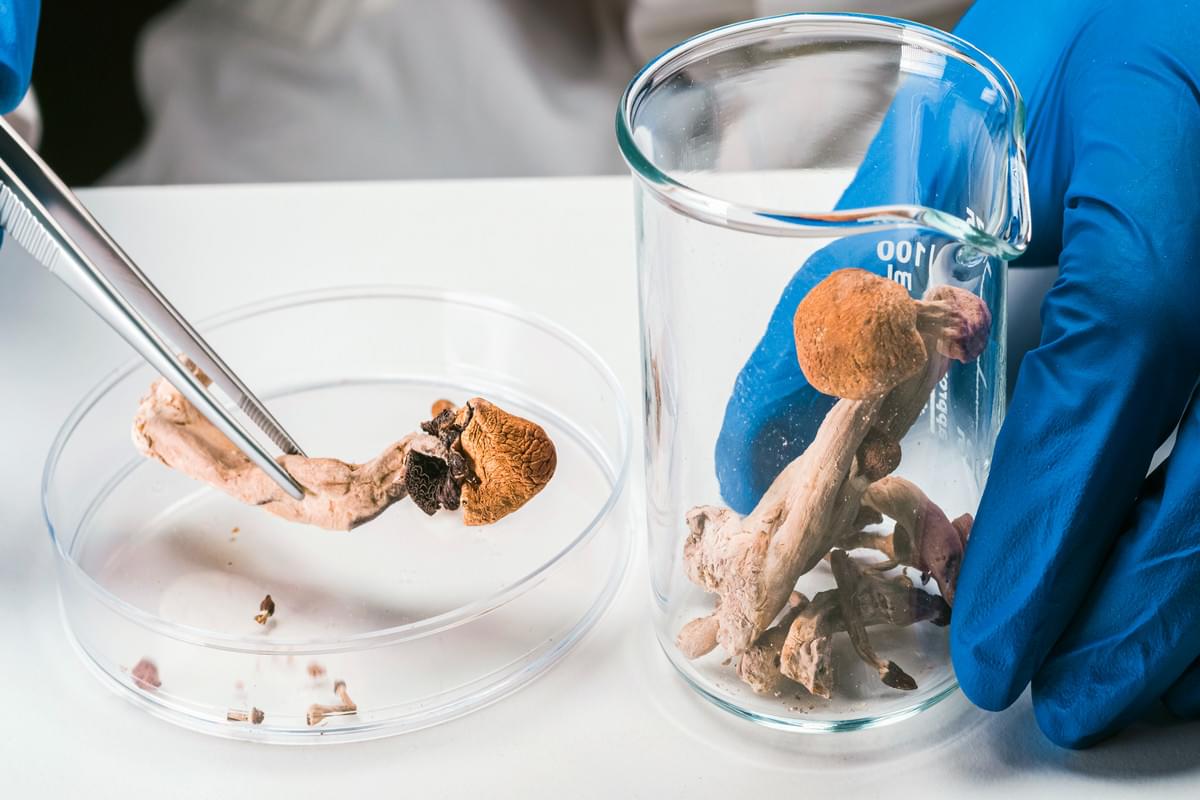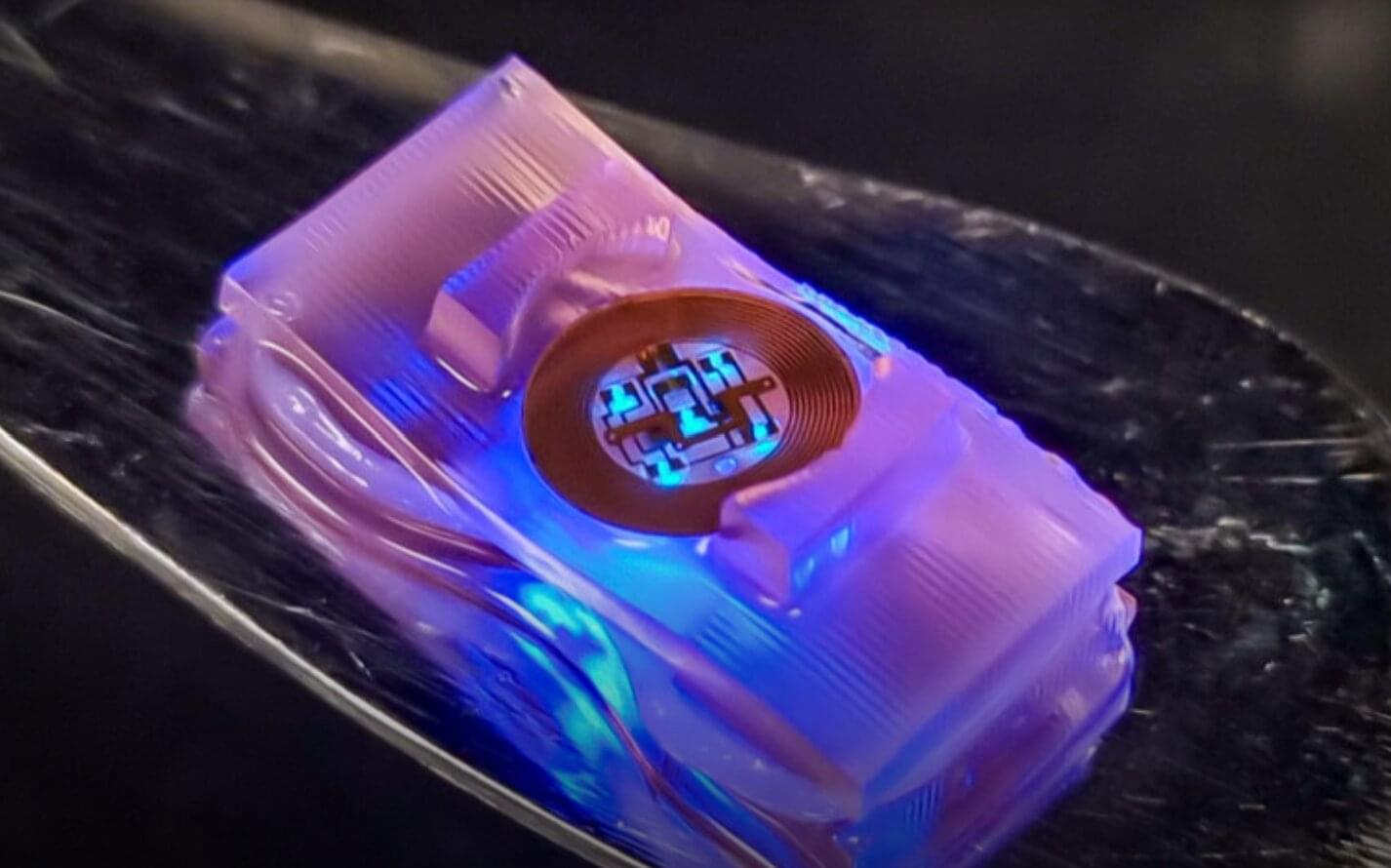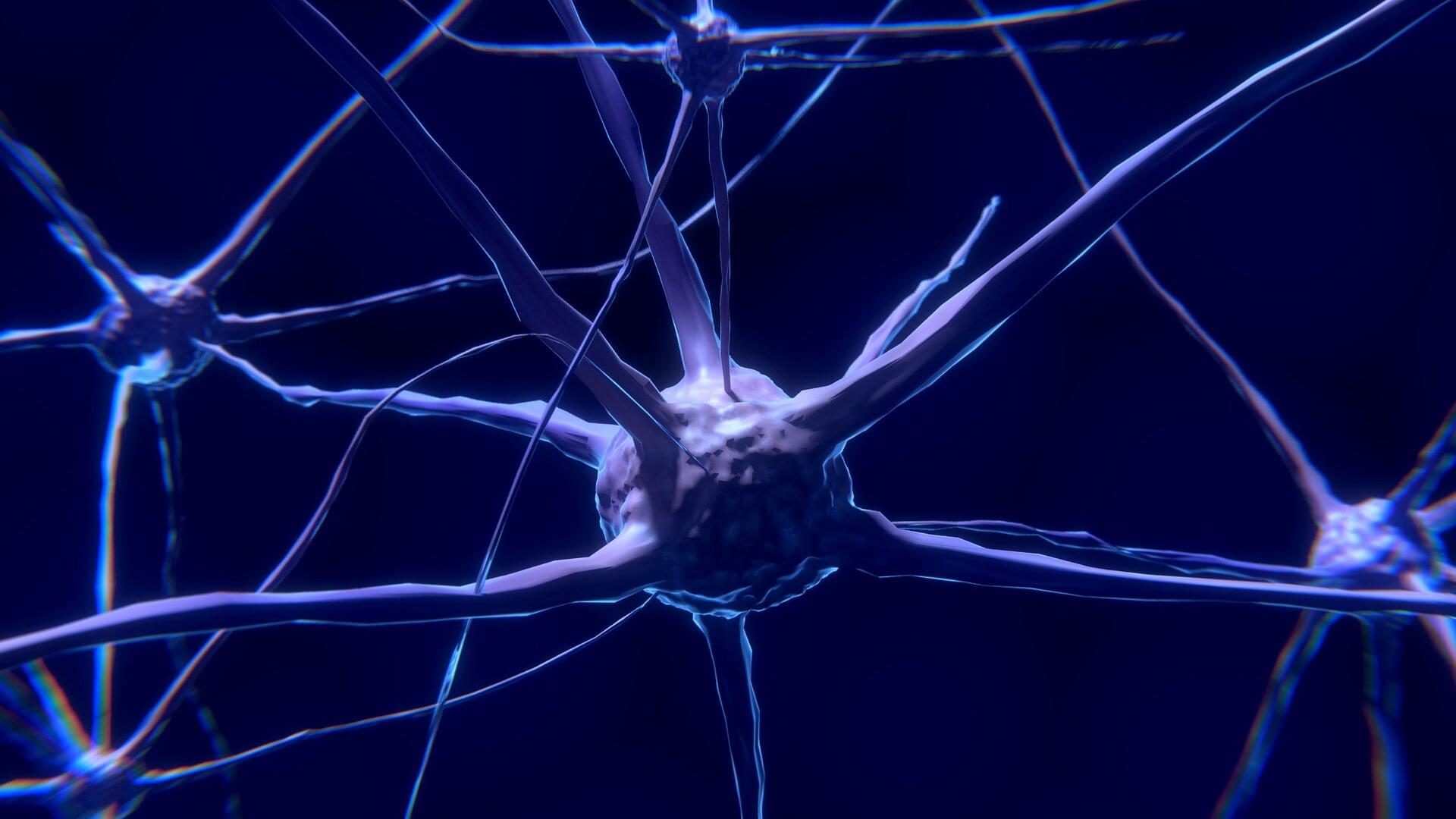This Collection brings together the latest research and commentary on all aspects of silk proteins.



As revenues from the anti-aging market — riddled with hope and thousands of supplements — surged past $500 million last year, Emory University researchers identified a compound that actively delays aging in cells and organisms.
A newly published study in Nature Partner Journals’ Aging demonstrates that psilocin, a byproduct of consuming psilocybin, the active ingredient in psychedelic mushrooms, extended the cellular lifespan of human skin and lung cells by more than 50%.
In parallel, researchers also conducted the first long-term in vivo study evaluating the systemic effects of psilocybin in aged mice of 19 months, or the equivalent of 60–65 human years. Results indicated that the mice that received an initial low dose of psilocybin of 5 mg/kg, followed by a monthly high dose of 15 mg/kg for 10 months, had a 30% increase in survival compared to mice who hadn’t received any. These mice also displayed healthier physical features, such as improved fur quality, fewer white hairs and hair regrowth.
Emory University researchers identified that psilocin, a byproduct of consuming psilocybin, the active ingredient in psychedelic mushrooms, actively delays aging in cells and organisms.

The body movements performed by humans and other animals are known to be supported by several intricate biological and neural mechanisms. While roboticists have been trying to develop systems that emulate these mechanisms for decades, the processes driving these systems’ motions remain very different.
Researchers at University of Illinois at Urbana-Champaign, Northwestern University and other institutes recently developed new biohybrid robots that combine living cells from mice with 3D printed hydrogel structures with wireless optoelectronics.
These robots, presented in a paper published in Science Robotics, have neuromuscular junctions where the neurons can be controlled using optogenetic techniques, emulating the neural mechanisms that support human movements.
Maglev momentum: Why Asia speeds ahead while Western high-speed projects derail.
Smooth, fast, and futuristic. Maglev trains are transforming Asia’s mobility while the West struggling to keep up. Find out why.
How technological.

A new military test has showcased potential that large drones can work as motherships for smaller loitering munitions. The plan could get a push following a recent air launch of a Switchblade 600 loitering munition (LM) from a General Atomics’ Block 5 MQ-9A unmanned aircraft system (UAS).
It marked the first time a Switchblade 600 has ever been launched from an unmanned aircraft.
The flight testing took place from July 22–24 at the U.S. Army Yuma Proving Grounds Test Range.
Think twice about eliminating those pesky ants at your next family picnic. Their behavior may hold the key to reinventing how engineering materials, traffic control and multi-agent robots are made and utilized, thanks to research conducted by recent graduate Matthew Loges and Assistant Professor Tomer Weiss from NJIT’s Ying Wu College of Computing.
The two earned a best presentation award for their research paper titled “Simulating Ant Swarm Aggregations Dynamics” at the ACM SIGGRAPH Symposium for Computer Animation (SCA), and a qualifying poster nomination for the undergraduate research competition at the 2025 ACM SIGGRAPH (Special Interest Group on Computer Graphics and Interactive Techniques) conference.
Their study began with the observation that ant swarms behave in a manner similar to both fluid and elastic materials. The duo began work in the summer of 2024. Loges became interested in research after he took an elective class with Weiss, IT 360 Computer Graphics for Visual Effects, at the Department of Informatics. This was his first project and research paper.


One fundamental feature of neurodegenerative diseases is a breakdown in communication. Even before brain cells die, the delicate machinery that keeps neurons in touch—by clearing away protein waste at the synapses—starts to fail.
When the cleanup falters, the connections between brain cells are impaired and the flow of signals responsible for reasoning, language, memory, and even basic bodily functions are progressively disrupted.
Now, a new study identifies a novel strategy for preventing unwanted proteins from clogging synapses and ultimately congealing into protein plaques.

If you think a galaxy is big, compare it to the size of the universe: it’s just a tiny dot which, together with a huge number of other tiny dots, forms clusters that aggregate into superclusters, which in turn weave into filaments threaded with voids—an immense 3D skeleton of our universe.
If that gives you vertigo and you’re wondering how one can understand or even “see” something so vast, the answer is: it isn’t easy. Scientists combine the physics of the universe with data from astronomical instruments and build theoretical models, such as EFTofLSS (Effective Field Theory of Large-Scale Structure). Fed with observations, these models describe the “cosmic web” statistically and allow its key parameters to be estimated.
Models like EFTofLSS, however, demand a lot of time and computing resources. Since the astronomical datasets at our disposal are growing exponentially, we need ways to lighten the analysis without losing precision. This is why emulators exist: they “imitate” how the models respond, but operate much faster.